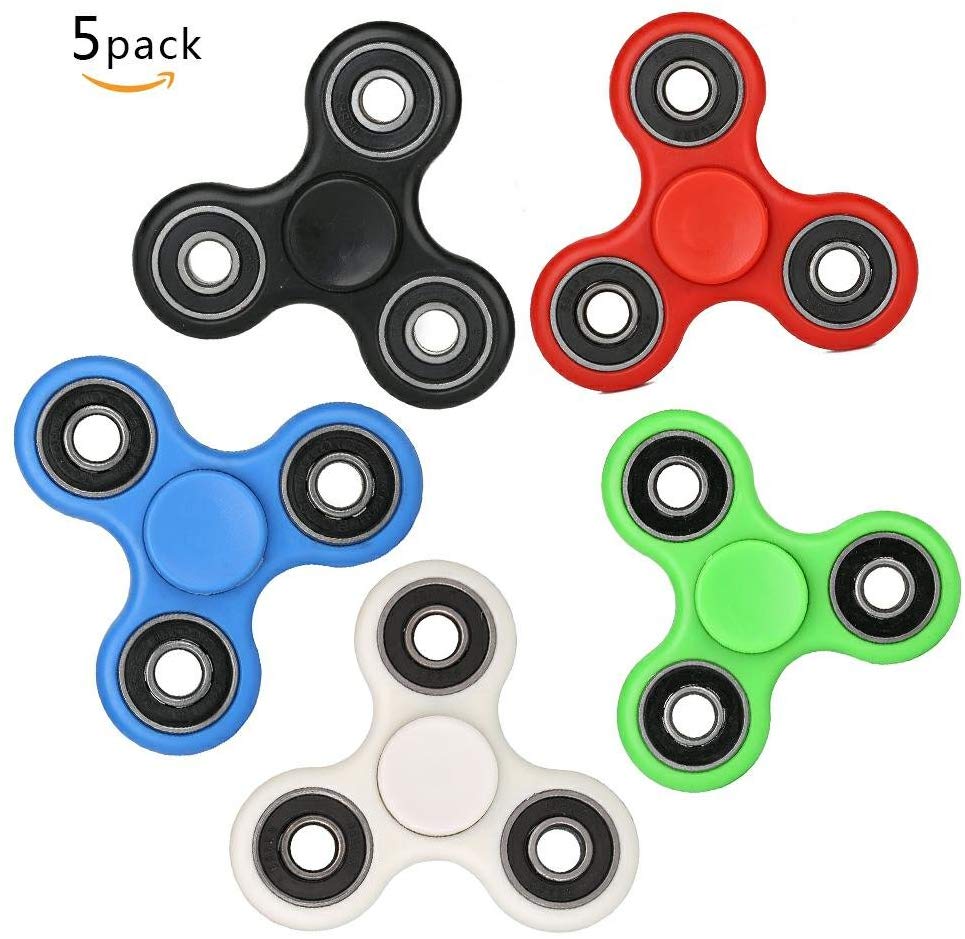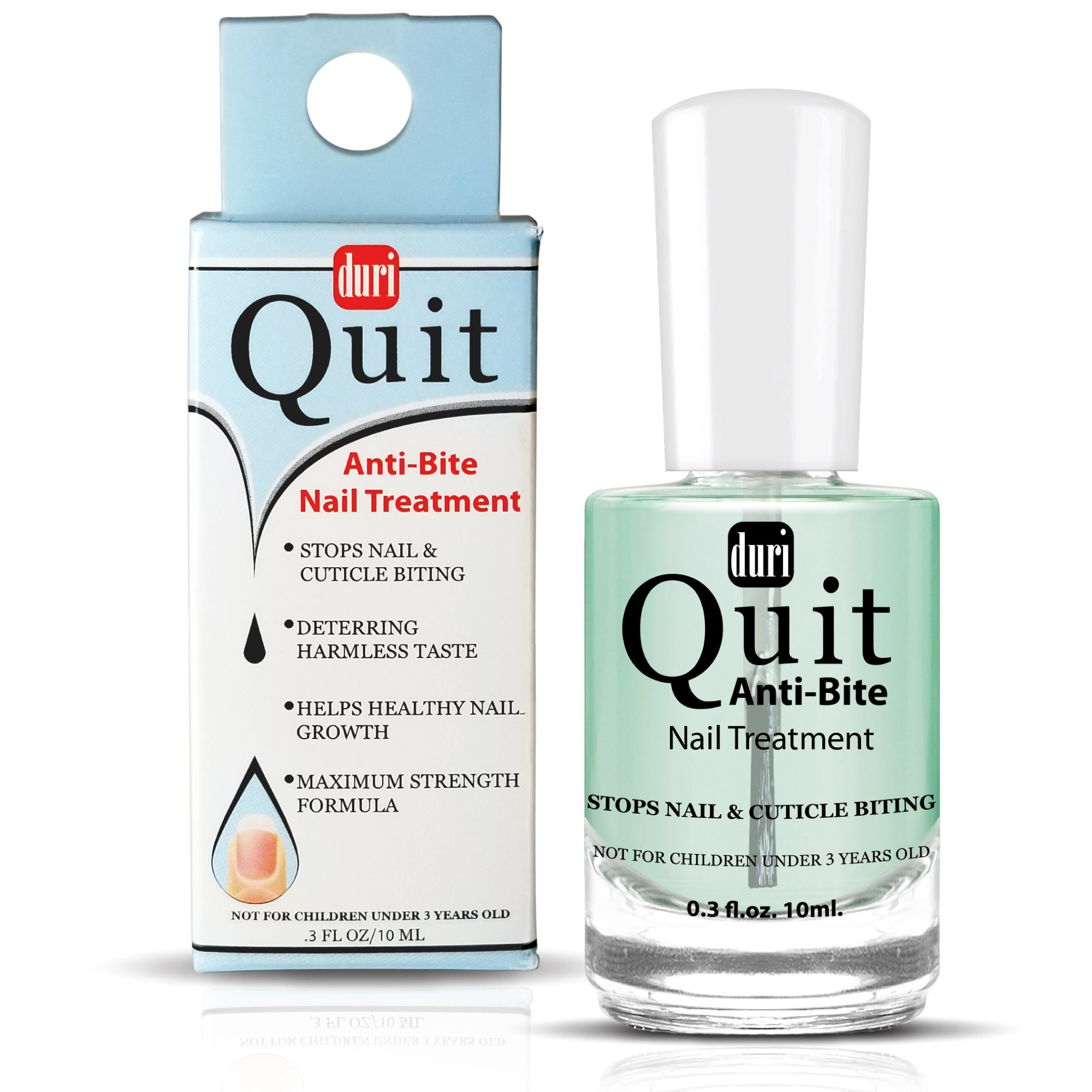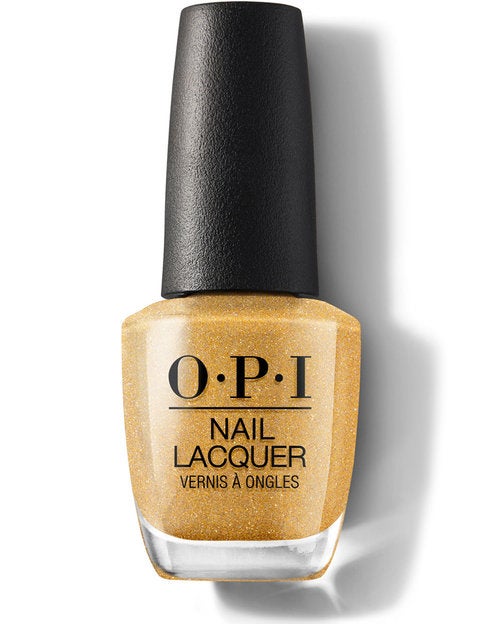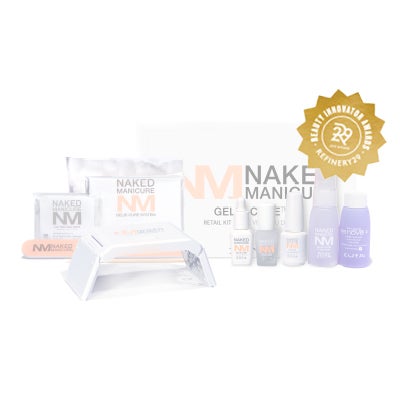Now’s The Time To Kick Your Nail-Biting Habit Once & For All
March 20, 2020DMT Beauty#DMTBeautySpot #beauty
To kick your nail-biting habit ASAP, there are a few solutions you can try at home (that don’t require wearing a pair of rubber gloves). For ideas, we asked manicure masters like Jin Soon Choi, Deborah Lippmann, and Miss Pop to share their favorite prevention and treatment options. Check out some tried-and-trued cures, ahead.
At Refinery29, we’re here to help you navigate this overwhelming world of stuff. All of our market picks are independently selected and curated by the editorial team. If you buy something we link to on our site, Refinery29 may earn commission.
“Some effective methods are object manipulation (manipulating an object when one has the desire to bite their nails)...that ‘remind’ the person to avoid biting,” explains Dr. Shari Lipner, Assistant Professor of Dermatology at the Weill Cornell Medical College at Cornell University.
In fact, a study found that object manipulation was a fairly effective method of helping to reduce nail biting. Though it’s not as effective as other habit reversal therapies, it could be a great option for those who might only bite their nails while working on a task or solving a problem.
”Distractions help,” she said. “Finding something to occupy the hands can decrease nail biting.” It can help give your brain the break you need to overcome the obstacle without worrying about the health of your nails.
SCIONE Fidget Spinner, $, available at Amazon
But our nail experts agreed that the bitter tang isn’t enough to stop some seriously determined chewers from chomping.
In fact, Miss Pop, a reformed nail biter herself, admitted that it didn’t stop her back when she still had to take math tests. “I didn’t mind the stuff that tastes disgusting. It didn’t bother me,” she said. “Every time there was a math test, I was like, ‘Hi, nails. Bye, nails.’”
Bottom Line: This could be an option if you only nibble occasionally or if you tend to gnaw at your nails when you’re bored or not paying attention to your hands. But know the risks first.
Duri Quit Anti-Bite Nail Treatment, $, available at Duri
Keeping hands hydrated with a thick, nourishing hand cream can serve as your first step to stopping the bad habit by giving hands too much slip to savor, but it will also heal the skin in the process.
Vaseline can also help retain skin’s moisture levels to keep nails smooth and snag-free.
Vaseline Lip Therapy Aloe Vera Lip Balm Tin, $, available at Target
Her simple solution? Keep a file on hand, whether it’s in your bag, at your desk, or on your vanity to take care of the problem before it starts. “If you have to physically get up to get a file, you’re just going to wind up biting off the uneven edge,” Lippmann says.
Revlon Shape 'N' Buff File & Buffer, $, available at Ulta Beauty
Also, Miss Pop notes that it took six months of weekly at-home manis to help break her habit and score her nail-art skills. “You get so good by the third month, you’re like, ‘I’m actually not bad at this,’” she said. “And by the sixth month, you’re like, ‘I’m magic.’”
OPI Dazzling Dew Drop, $, available at OPI
Another salon-inspired, nail biting solution: acrylics. In fact, the nail enhancements played a part in shaping Lippmann’s career away from her first passion: singing.
At her first rehearsal in a Vegas-style cabaret group (her first paid gig), her nail-bitten fingers caught the attention of the director. “Before I could even finish, the director sent me to a manicurist and got me a full set of acrylic nails,” she shared. ”They were long and square and red, and they changed my life.”
But just as with any other treatment, being mindful of the removal process is key to keeping whatever bit of nail you have left strong and shapely. “Women who remove their gels at home can get impatient with the amount of time that it takes for the gel to dissolve, and they end up pulling the product off, ultimately causing damage to the nail,” Lippmann says.
As such, gels and acrylics need to be soaked off in acetone for 10-15 minutes for gel polishes, and 20-30 minutes for acrylics before removing the remnants with a soft orange wood stick to avoid scraping off the top layer of the nail. Finish with a cuticle oil to nourish the nail bed and strengthen nails as they grow.
Zoya Gelie-Cure Foundation Pro Kit Travel LED Light, $, available at Zoya
Medical professionals can offer other resources to help you kick the habit, such as behavioral therapy or oral medication, especially if you feel like your nail biting might be interfering with your life.
And remember — even though it can be hard to stop biting your nails, it’s not impossible. It will take time, a little trial and error, and maybe a chat with your doctor to find a solution that works best for you.
Like what you see? How about some more R29 goodness, right here?
5 Trendy Spring Nail Polish Colors To Wear Now
The Secret To Safely Removing Gel Nail Polish
The Biggest Nail Art Trends To Try This Spring
DMTBeautySpot
via https://www.DMTBeautySpot.com
Valis Vicenty, Khareem Sudlow

0 comments